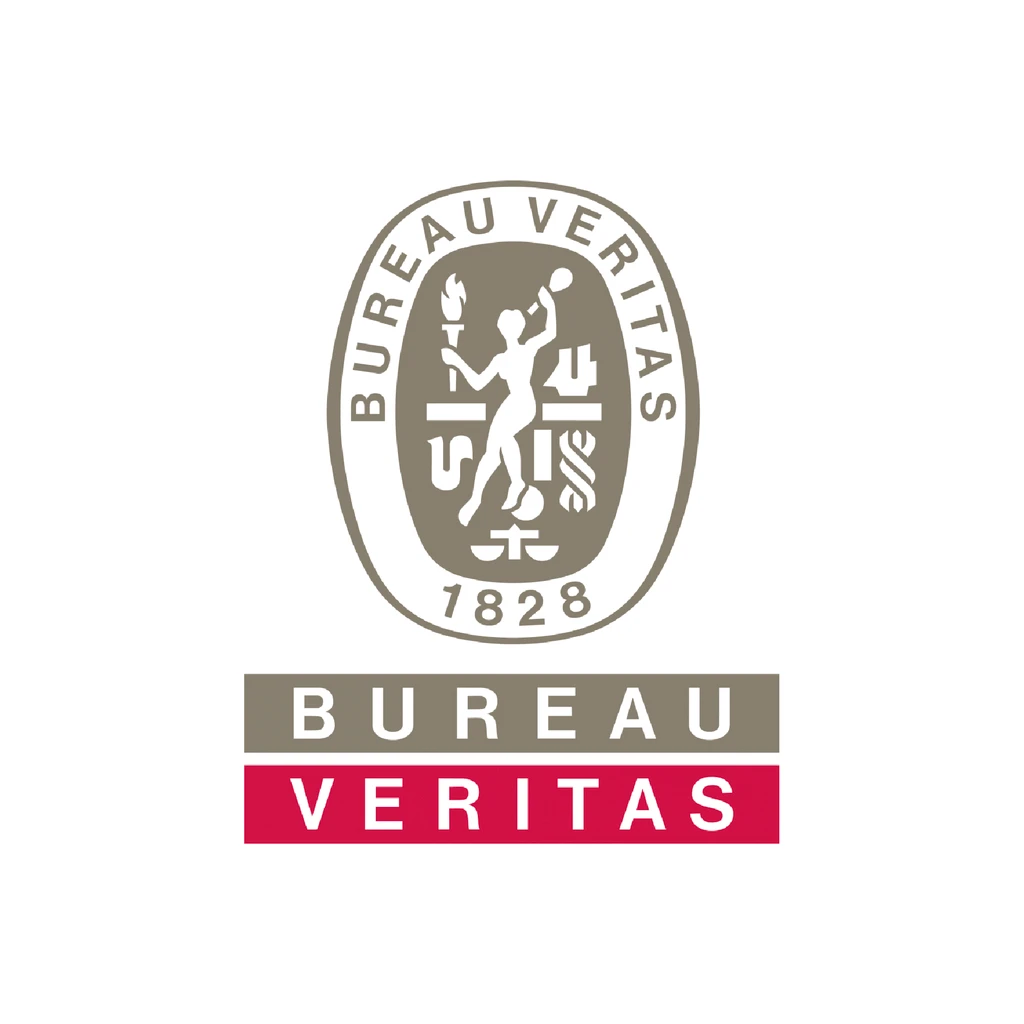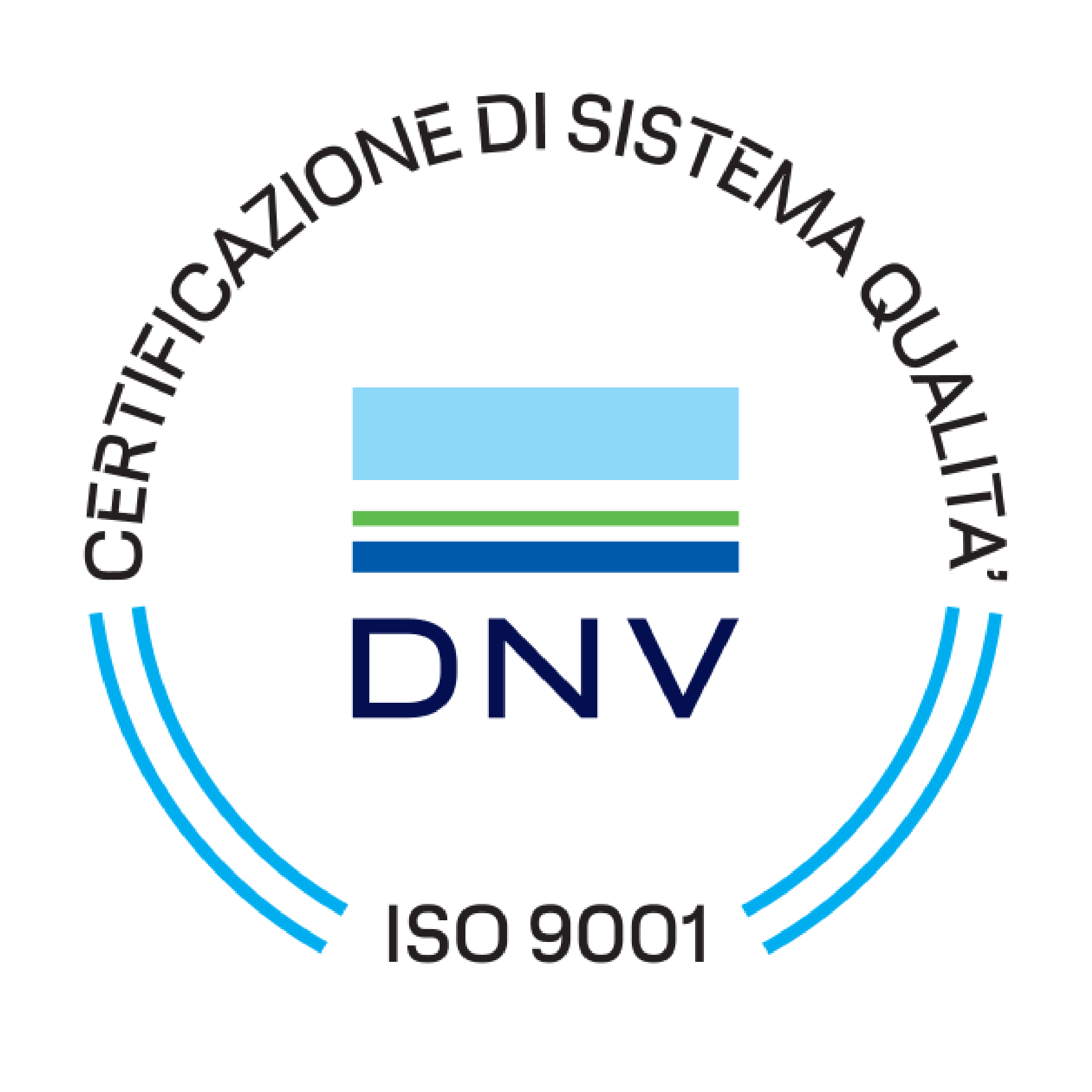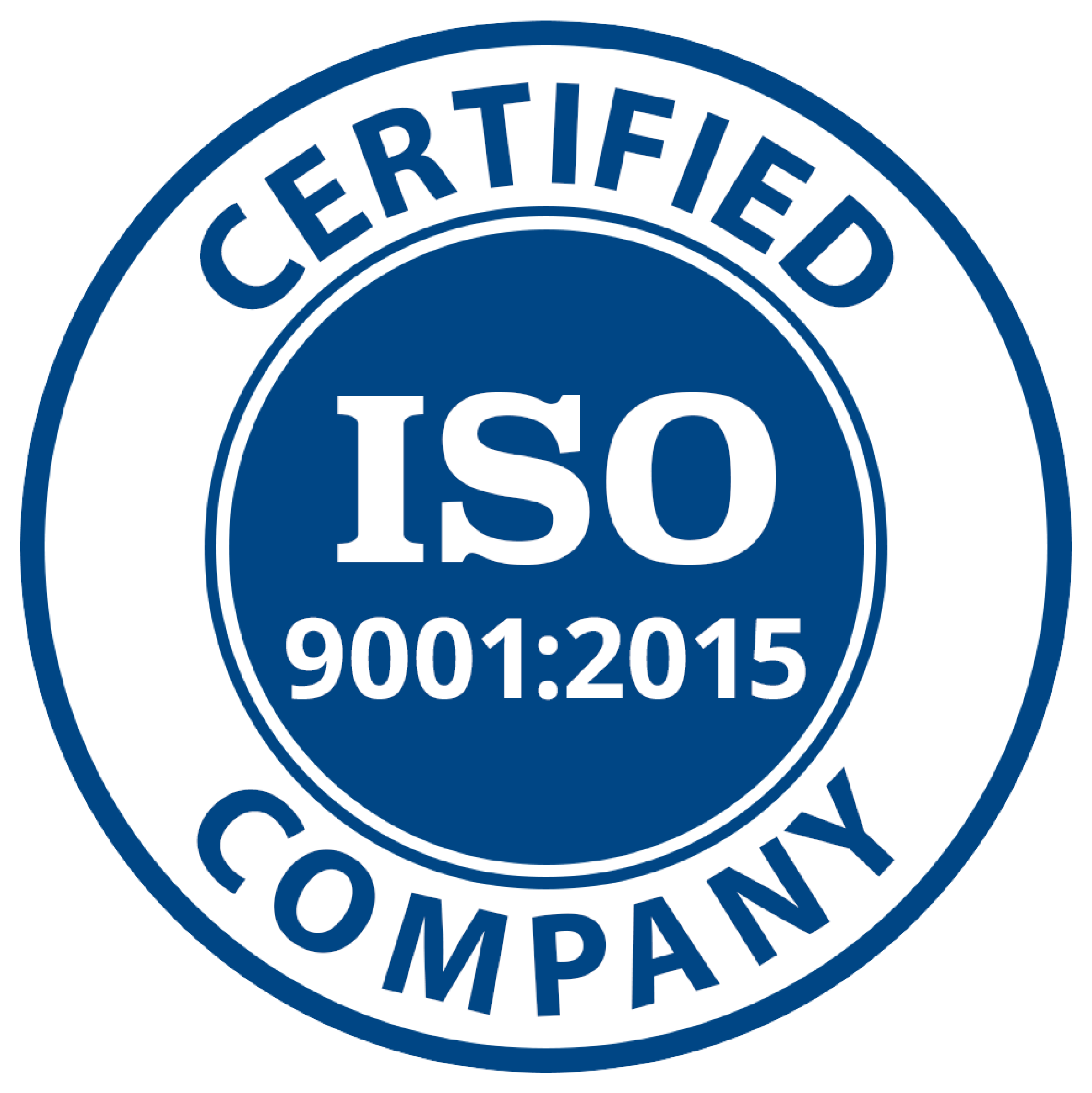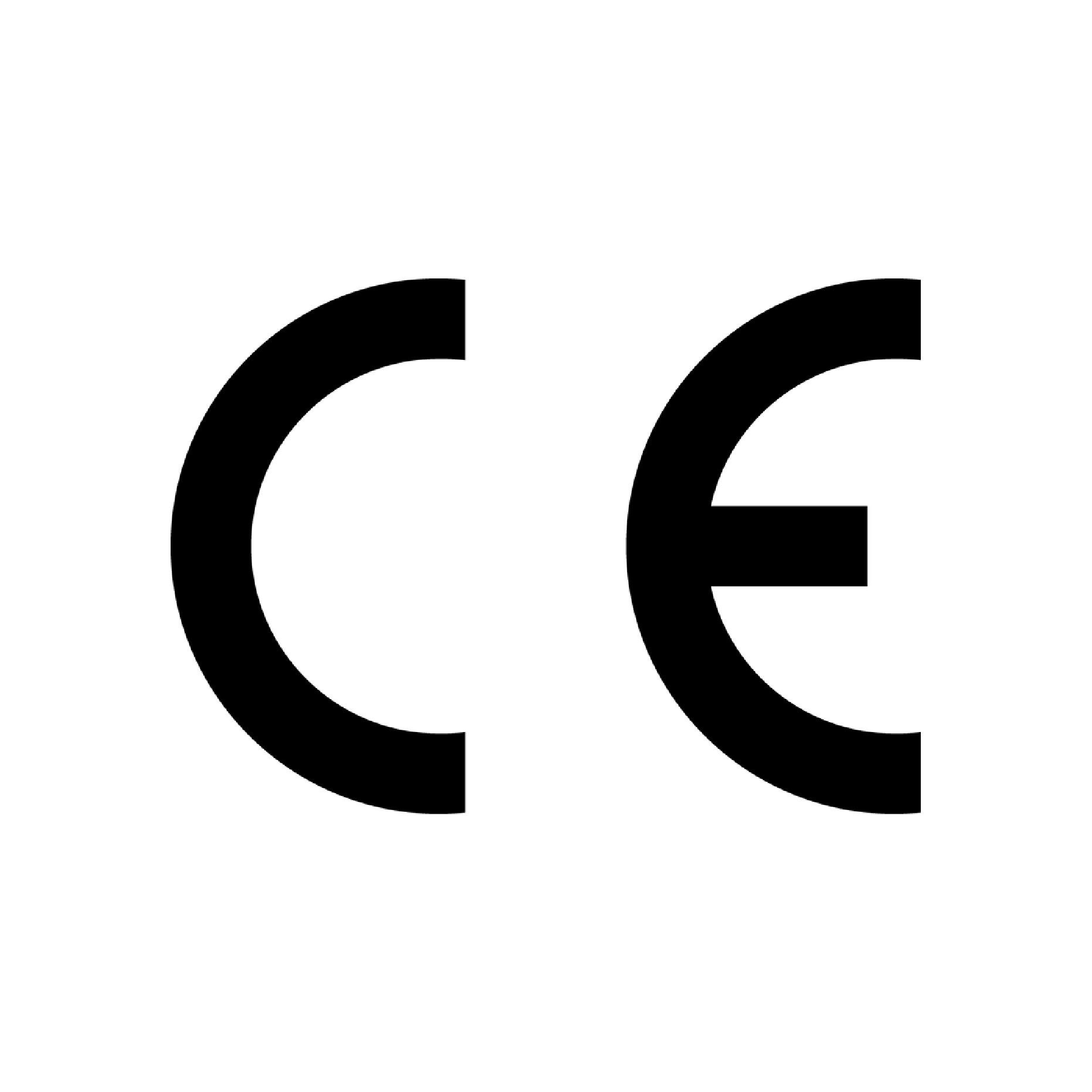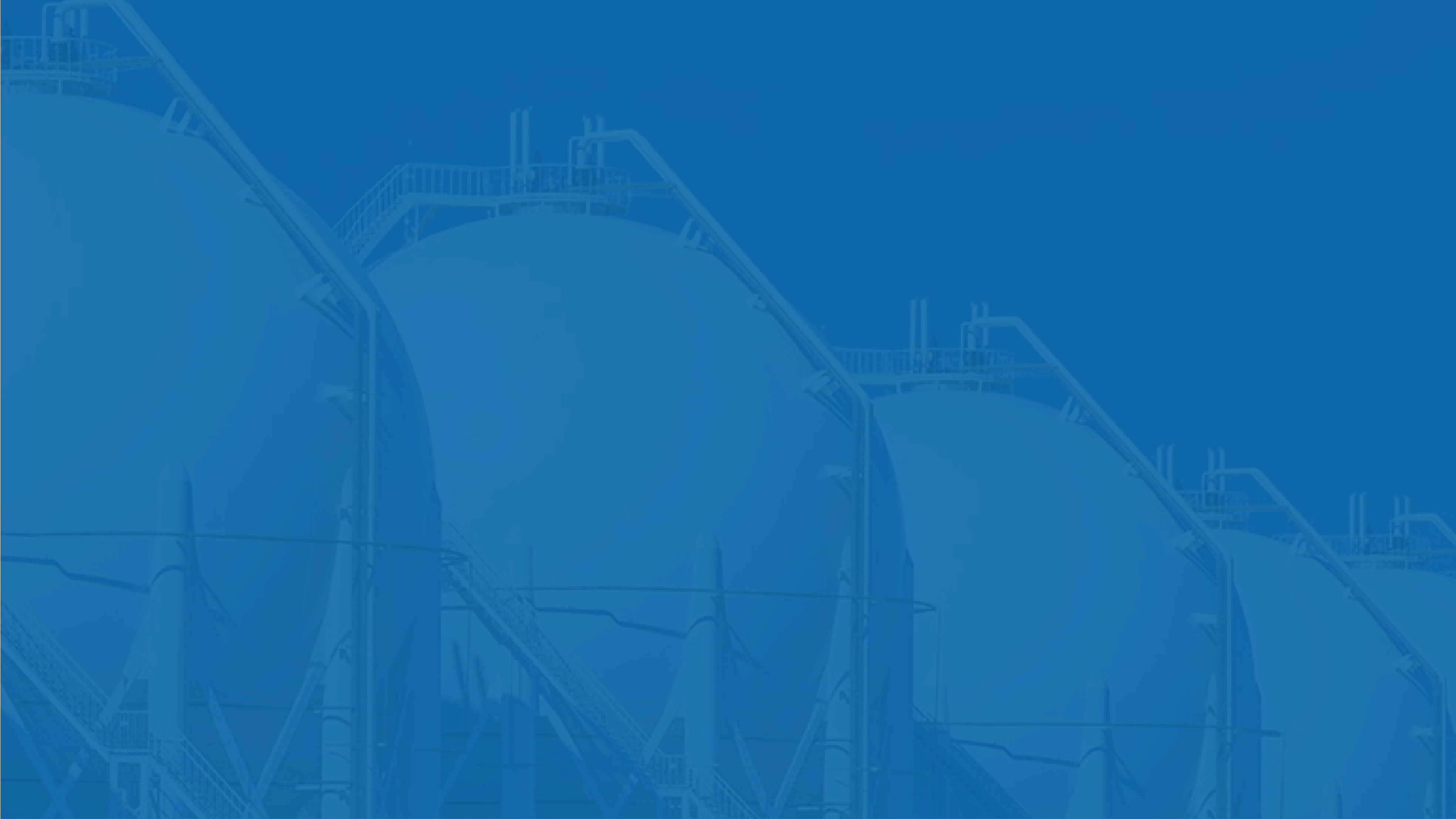PRODUCT & USE CASES
Learn more about our product and the use cases in different industries.
A Hydrogen Revolution
Membranes for hydrogen recovery & purification have been in use in industrial processes since the 1980s. However, they have lacked several attributes which limited their use in many cases. Plasticization, chemical degradation, and fouling caused by CO2 H2S, and heavy hydrocarbons have limited many of the possible applications for H2 -selective membrane due to the high costs of pre-treatment.
Thanks to a combination of patent-pending materials, revolutionary sub-nano molecular polymer modification techniques, and manufacturing advancements , DiviGas has invented a membrane fiber that can finally bring this clean technology to market and replace complex, energy-intensive, and toxic sorbent-based alternatives
Product:
What Sets Divi-H Apart:
Heavy Hydrocarbon
Fouling Solved
As H2 is removed from the pressurized feed, the gas becomes enriched in condensable hydrocarbons and its dew point increases, resulting in fouling. At higher temperatures, dramatically higher concentrations is required for fouling.
Tolerates The Highest Level of Heavy Hydrocarbons
Divigas can operate at up to 150c, up from 50-70c for most comparable membranes in this space. Opening up an array of use cases containing heavy hydrocarbon-loaded streams
Extreme Acidity
Resistance
Membranes degrade when subjected to acidic conditions and strong solvents. The polymeric chains break, leaving larger-than-designed perforations which causes failure and up to complete performance loss.
Can Withstand Difficult Conditions
The only way for membranes to be able to handle these sort of streams today is with extensive pre-processing with sorbents, which often invalidates the unit economics and entire purpose of using membranes
High Heat Tolerance =
in High Performance
Our highest heat tolerance results in excellent H2 selectivity and permeance and overall performance. This simply means a single strand of fiber can do better filtering, resulting in affordability in volume.
Best in Class Efficiency
CO2 is regarded as one of the hardest gas to separate from H2 because most membranes use a process called solution-diffusion which is ineffective at separating these molecules. We use other mechanisms which yields a far better outcome for H2/CO2








